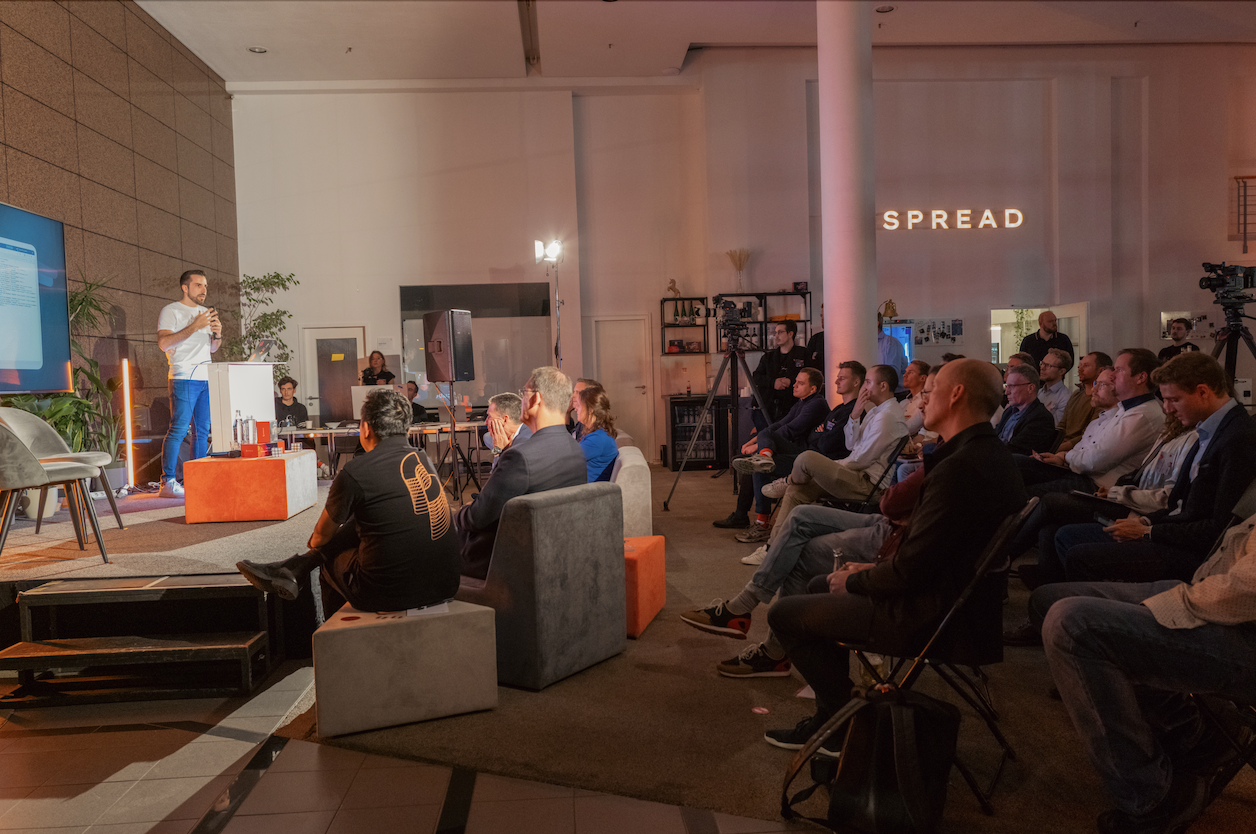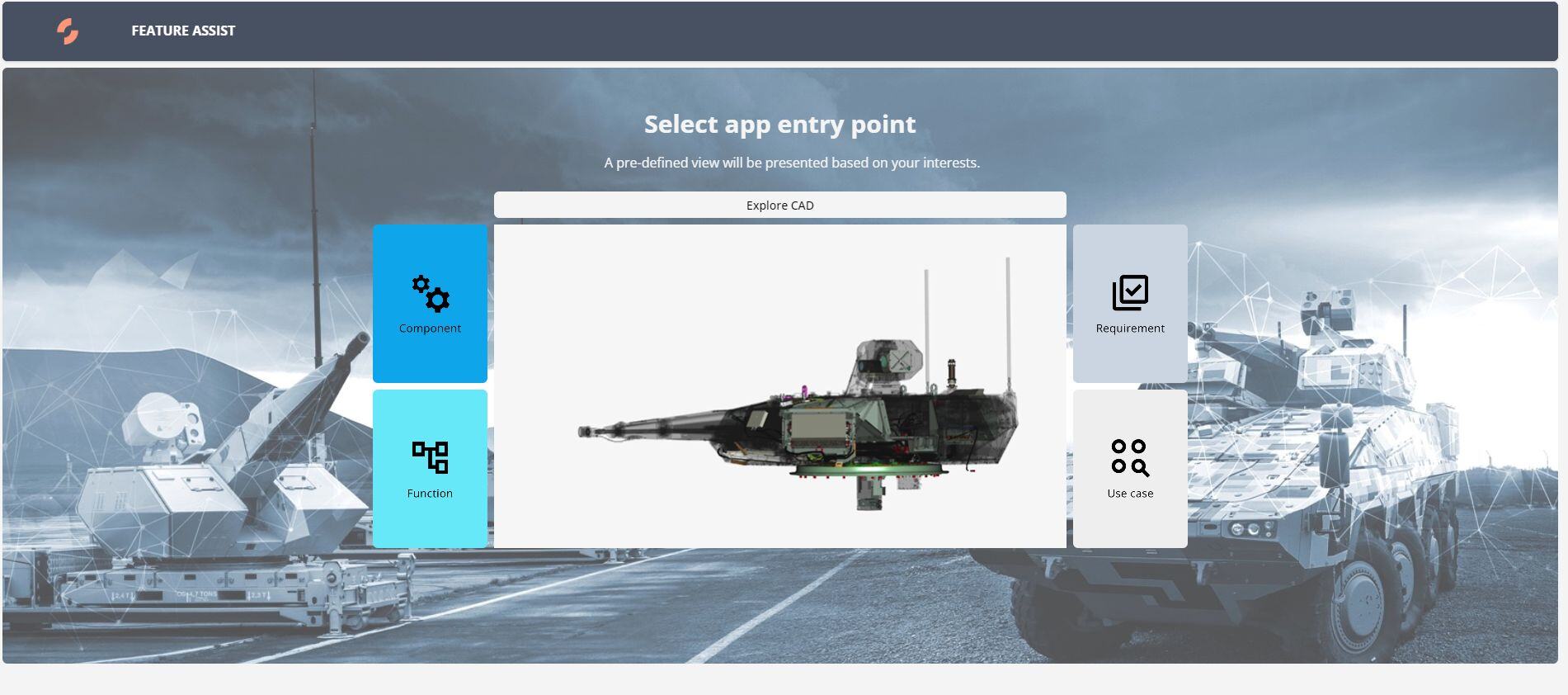CUBE'23 recap: how to master product complexity on a whole new level
Connecting minds at CUBE 🧊
At SPREAD, our goal is to connect people and information through the product they are working on.
That’s why we launched CUBE, the annual conference that brings together the SPREAD community of tech, engineering, and industry leaders to exchange ideas on the technologies shaping the world.
We hosted the latest edition of CUBE a few months ago, where we welcomed more than 80 industry experts to our headquarters in Kreuzberg. Our guests participated in their workshops throughout the day and gathered for panel discussions and networking in the evening.
In our “AI & LLMs beyond the hype” session, Renumics and CARIAD took a deep dive into the potential and limitations of AI and LLMs in engineering.
Thought leaders from John Deere, Rheinmetall, and TU Berlin joined our “Cross-industry perspectives on system complexity” panel to discuss how systems engineers should approach the exploding product complexity of today’s mechatronic systems.
In our last panel, “End-to-end product journey,” experts from BMW, FEV.io, and Franzke & Löser discussed the future of the Automotive industry.

These were some of our key takeaways from the evening:
Complexity is the new reality
Take a car, an airplane, or an agricultural machine. What do they have in common? They are all mechatronic systems that are becoming more digital and more connected. That is causing their E/E and software complexity to increase extremely rapidly.
This shift toward digitalization and connected products creates a similar challenge that is felt across different industries: engineers building these products have to deal with a fragmented data landscape. Consequently, they spend around 70% of their time synchronizing information and building contextual knowledge.
“What we’ve witnessed in the last few years is that, as customers demand more and more features in our systems, that we are pushed to work together more and more, because we simply cannot do it on our own anymore,” said Dr. Marc Honikel, Chief Innovation Officer at Rheinmetall.
Another reason why the complexity is increasing is due to the multitude of product variants.
For example, in 2023, John Deere manufactured 40,000 tractors in Mannheim, and not even two of them were identical. And we are not talking about different colors, but rather about different engine variants.
As the number of variants and features multiplies, so do the interdependencies between the functions, software, electronics, and hardware components.
To navigate product complexity, we need to view products as integrated engineering systems.
Engineers must be able to access product information across departments and throughout the entire product lifecycle. Therefore, it is crucial to adapt a more connected and data-centric approach throughout the product lifecycle.

As the conversation unfolded, it became clearer that the only viable solutions are those that connect different domains, functions, and information sources
We took the opportunity to show our audience some of the solutions we've been working on throughout the year.
Multiple industries, one solution: how to navigate product complexity through a connected data landscape
All users use different systems to store and access product information. This is evident in the dozens of separate tools they use to perform a single task and multiplied over all the tasks performed to develop, produce, and maintain a mechatronic system. All these people need the same information on the product, but a different representation of it.
That’s why we believe that engineers would be better served with a platform that places information at its core. A solution that connects all the fragmented sources of data onto one information layer in order to provide information accessible and intuitive for different functions across the company.
Our Head of Product, Freddie, unveiled the SPREAD platform: a solution to simplify the journey by connecting data, providing context, extracting knowledge, and applying intelligence for specific use cases.
Watch Freddie’s introduction:
Democratizing access to product data: how to build your own app in just a few minutes
What if you could easily build an app that puts all the information you need, as you need it, in one place?
Our Head of Design, Joao, gave a demonstration of our low-code environment, SPREAD Studio, where users can configure your application to meet their needs with a drag-and-drop interface.
Watch the live demonstration here:
With the different widgets, you can create custom interfaces to visualize architectures, nodes, and their dependencies. Engineers can share their knowledge, easily collaborate, and foster innovation across departments and domains.
What are the possibilities with AI as an enabler?
How we integrate natural language to make product data accessible to everyone
We are entering a new era of innovation and collaboration in the engineering field. Our focus lies on tackling complex engineering questions and enhancing accessibility through natural language.
The goal is to revolutionize how engineers can access, interpret, and use data.
Our Senior Product Owner, Daniel, explained our vision: moving forward, we aim to adjust visual representations in response to user queries, further aligning with our mission to make product data accessible and actionable for everyone.
Watch Daniel Wilms explain how we use AI:
The night continued with interactive sessions featuring our SPREADship, followed by networking that extended well into the late hours.

This year’s CUBE has proven once again that there's a kind of magic in bringing people together to exchange their views on different engineering challenges.
It’s not only a lot of fun, but also results in the most productive discussions and creative ideas.
A special thanks to everyone who came all the way to Berlin to support us and for making this year’s conference such a success.

The third edition of CUBE will take place on November 7th, 2024, in Berlin
Join our waitlist:
https://www.spread.ai/cube/wildcard


